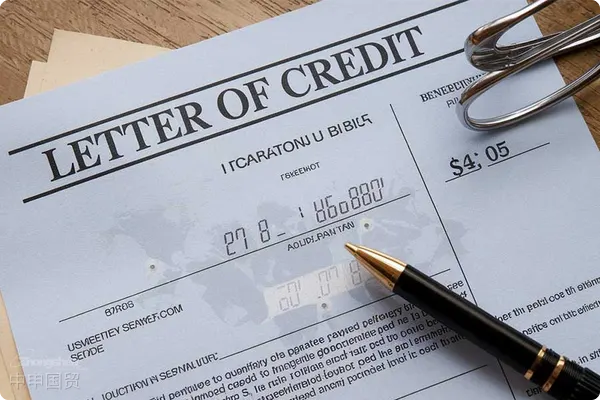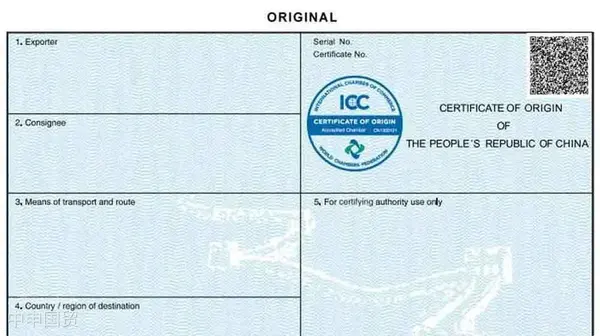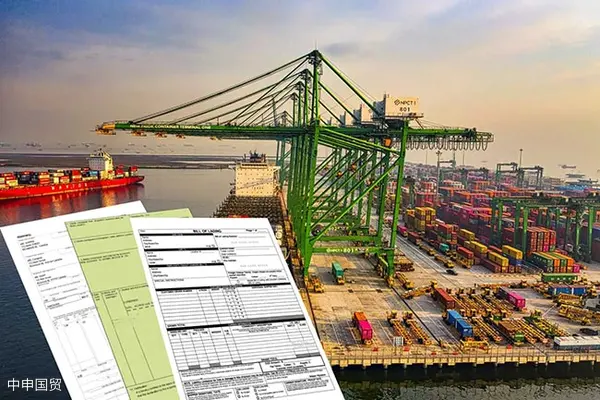- Shanghai Zhongshen International Trade Co., Ltd. - Two decades of trade agency expertise.
- Service Hotline: 139 1787 2118
In theforeign tradeIn transactions, choosing the right payment method is crucial. It not only concerns the security of the transaction but also directly affects the companys cash flow and risk management. So, what are the foreign trade payment methods? And how to choose? Today, lets talk about several common foreign trade payment methods to help everyone find the most suitable operating model.
I. Common foreign trade payment methods
In my opinion, legitimate foreign trade payment methods mainly include the following:TT (Telegraphic Transfer), LC (L/C), DP (Documents against Payment). These methods are typically used for larger-scale trade transactions, such as foreign trade businesses with an annual transaction volume of over $500,000 and a net profit between 300,000 and 500,000 RMB. These mature methods have relatively high security and professionalism and are the first choice for many legitimate foreign trade companies.
Telegraphic Transfer (TT)
TT is one of the most common foreign trade payment methods, especially suitable for relatively stable customer relationships. Simply put, the buyer transfers the payment to the seller through the bank, usually choosing to prepay part of the payment or pay in full. The advantage of TT is its speed and convenience, making it particularly suitable for sellers with high cash flow requirements.
Letter of Credit (LC)
For veterans with over a decade of experience in foreign trade,LC (Letter of Credit)It is absolutely the most secure option. A letter of credit is a payment guarantee provided by the buyers bank, with all requirements clearly stated in the LC. As long as the seller submits the required documents, payment is assured. The reliability of an LC reflects the financial strength and commercial credibility of both parties: the buyer needs bank credit approval to open the LC, while the seller must have sufficient capital to cover cash flow gaps during production and delivery. Thus, an LC demonstrates both parties capabilities and tests mutual trust.

Documents against Payment (DP)
DP (Documents against Payment), as the name suggests, means the bank releases important documents like the bill of lading only after the buyer makes payment. This method carries lower risk but offers less liquidity flexibility for buyers. It suits transactions where mutual trust exists, allowing sellers to secure payment as long as documentation is flawless.
II. Risks of informal payment methods
Compared to the above methods,Western Union, XT, 1039other payment channels are rarely accepted by reputable foreign trade companies. Due to high risks associated with account types (e.g., virtual or personal accounts), they are unsuitable for large transactions. Beyond a certain trade volume, foreign buyers typically avoid such accounts—especially large corporations with robust risk control systems. Choosing formal, mature payment methods enhances security and fosters trust between trading partners.
III. The charm of LC
LCs are favored by seasoned traders because they maximize transaction security. Opening an LC requires bank credit lines, fixed assets, or financial guarantees, proving the buyers credibility. Sellers submit documents to the bank post-shipment and receive payment after 1-2 weeks of acceptance, necessitating capital to bridge production gaps. Additionally, LC-savvy suppliers ensure accurate documentation, minimizing discrepancies and extra costs.
IV. Summary: Choosing the right payment method
Foreign trade payment methods vary, but selecting the right one is key. For high-value transactions with strong mutual trust,LC (Letter of Credit)is a reliable choice; whileTT (Telegraphic Transfer)andDP (Documents against Payment)suits long-term client partnerships. Informal methods like Western Union or XT are inappropriate for formal business.
This article aims to clarify foreign trade payment options. When choosing, prioritize security while considering transaction scale, mutual trust, and financial capacity to ensure smooth, safe operations.
Related Recommendations
? 2025. All Rights Reserved. Shanghai ICP No. 2023007705-2  PSB Record: Shanghai No.31011502009912
PSB Record: Shanghai No.31011502009912










